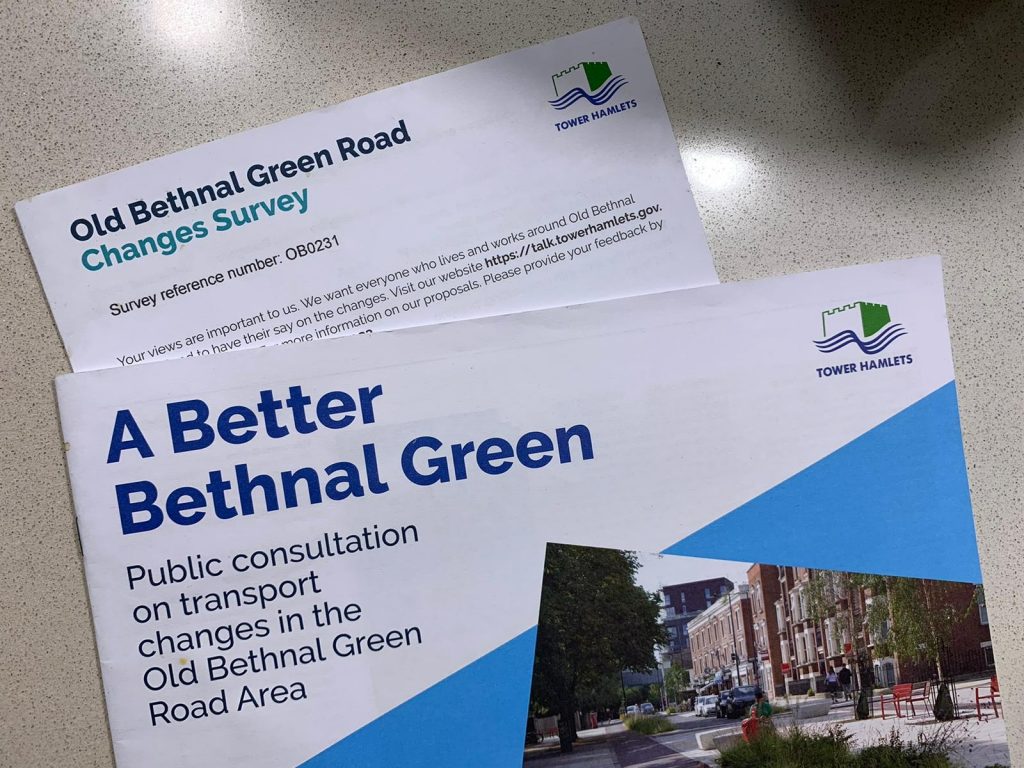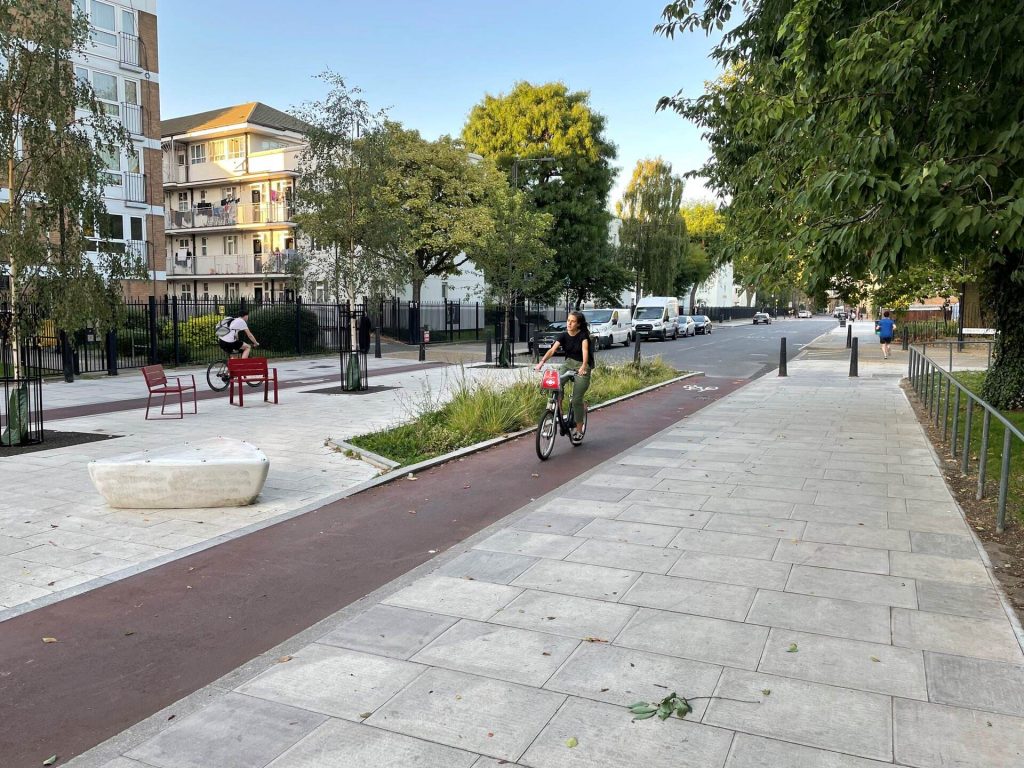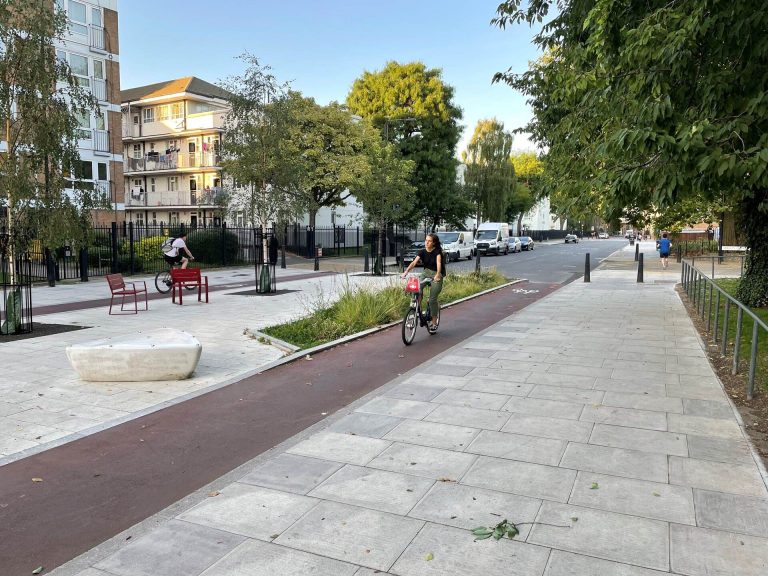What do you think?
Bethnal Green campaign group Save Our Safer Streets has discovered that Tower Hamlets Council didn’t include hundreds of local residents’ responses in its analysis of last summer’s Liveable Streets consultation.
Removing these responses significantly changed the outcome of the summer 2022 survey, which was only revealed when the council launched a second consultation in January 2023. As well as the misleading outcomes report, this new consultation was accompanied by an information booklet which also didn’t fully represent the views of local residents.
Information now released by London Borough of Tower Hamlets in response to a Freedom of Information request shows that over 400 resident responses in the Bethnal Green area and over 200 residents’ responses in the Weavers area were excluded from the data the council published as “local responses”. This meant that up to 28% of local residents’ views were disregarded in the council’s analysis for some areas.
The campaign group’s own analysis shows that when these residents’ responses are included, the results reveal significantly stronger support for keeping the current street layouts. There is a pronounced impact on the results of all the consultation questions.
The analysis by Save Our Safer Streets, using FOIs and public domain data published by the London Borough of Tower Hamlets, shows that:
Over 50% of residents want to keep all aspects of the schemes in both Bethnal Green and Weavers wards. The council’s published version said support for the option of keeping – while the most popular preference – was below 50%.
In Bethnal Green, when the missing responses are included, the typical difference between the preference to keep the schemes and remove the schemes jumps from one or two percentage points to at least ten percentage points for each question and in one case a difference of 14 percentage points.
In Weavers, when all responses from the local area are included, the difference in preference between keeping the schemes and removing the schemes is just under ten percentage points for most questions.
In Weavers, the inclusion of the extra responses changes the outcome of one question – about closures near to Jesus Green – from a small preference to remove the closures to a clear preference to keep the schemes.
Tim Jones, a Tower Hamlets resident who is involved with Save Our Safer Streets, said: “We are shocked that hundreds of residents’ experiences were disregarded in the council’s analysis, which led to a significant change in the consultation results. It is concerning that the council chose to run a second consultation featuring data which is potentially misleading.
“Aspire’s manifesto made three separate promises to run meaningful consultations that give local people control over decisions, but they are not living up to these commitments. The council published selective evidence suggesting the community was divided when a clear majority of local residents support keeping these schemes.
“It seems the council has only counted responses as local that used a code from the paper consultation packs. However, we know from experience that many locals never received the packs, or completed the survey online without knowing about the codes or how important they would be for being counted as ‘local’. The council should have been able to verify all local people through their postcodes instead of simply excluding them.
“Over 600 people’s voices have been ignored on changes that will impact their lives every single day.
“Now that the council has run another consultation on the same issue, it is extremely important that officers and the Cabinet and Mayor learn from this mistake and make sure the new consultation includes all residents’ voices. Only then will Tower Hamlets residents be able to believe the Mayor’s claims to be a listening Mayor and the manifesto that all Aspire councillors stood on.”



